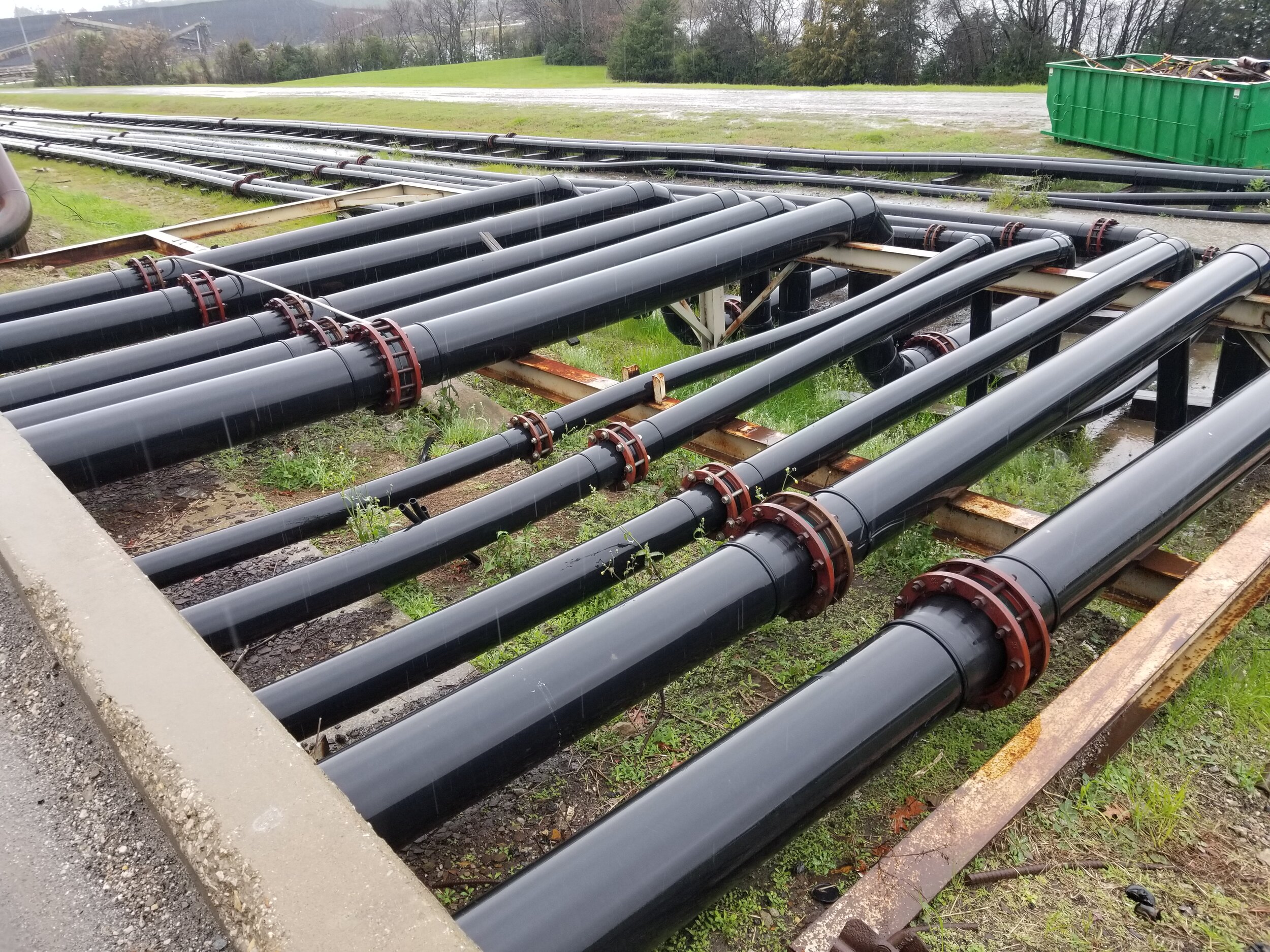
When we take on your project, our experts take care of the details.
In the meantime, check out our frequently asked questions to learn more about HDPE Pipe applications at EnviroCon Systems.
-
Common applications include but are not limited to directional drilling, industrial water systems, municipal water systems, potable water systems and more.
-
Yes, black HDPE pipe is UV stable and has been successfully used in permanent above ground applications for many years.
-
Yes, HDPE pipe is available in CTS (copper tube size), DIPS (ductile iron pipe size) and IPS (iron pipe size).
-
It is manufactured to both ASTM specifications but is most commonly OD controlled in the USA.
-
DR stands for Dimension Ratio—the average outside diameter divided by the minimum wall thickness. Note: DR is also used for PVC pipe.
SDR stands for Standard Dimension Ratio—a specific DR based on ANSI preferred number series. SDRs enable manufacturers to produce pipe to a set of standardized DRs.
SDRs include 7, 9, 11, 13.5, 15.5, 17, 19, 21, 26 and 32.5. All SDRs are DRs, but not all DRs are SDRs
-
Using PE4710, the pressure classes are:
DR7 — 335 psi
DR9 — 250 psi
DR11 — 200 psi
DR13.5 — 160 psi
DR15.5 — 138 psi
DR17 — 125 psi
DR19 — 110 psi
DR21 — 100 psi
DR26 — 80 psi
DR32.5 — 65 psi
All at 73°F
-
A fusion joined pipeline is considered a continuous pipeline without joints. Conversely, gasket joints are not fused and are a potential source of leakage in many water systems. Leaks may occur if: the gasket is improperly installed, dirt or grit stick to the gasket, the gasket is not adequately lubricated, negative pressure (vacuum) occurs in the pipeline, ground movement or sub-trench consolidation occurs if a significant thermal change occurs, and gaskets are blown due to surge pressures. Fused joints are far superior to gasket joints for leak prevention.
-
The fusion bead has minimal effect on the flow as it is rounded and protrudes very little on the inside surface of the pipe. Secondly, the Hazen-Williams C-factor of 150 considers the inner bead. Field tests confirm that a 150 C-factor used in the Hazen-Williams equation correctly calculates actual flow and that the bead is of no hydraulic significance for either pressure or flow. The Hazen-Williams Friction Factor, C, for PE pipe was determined in a hydraulic laboratory using heat fusion joined pipe lengths with the inner bead present.
-
No, the beads are a result of the butt fusion process. Both internal and external beads can be removed without weakening the fused pipe.
-
At EnviroCon Systems, we offer transition fittings to PVC, steel (weld end, threaded and grooved), MJ connections and flange connections.
-
-4°F (-20°C) to 140°F (60°C) per PE4710.
PE-RT pipe allows continuous operations at temperatures from -49°F (-45°C) to 180°F (82°C).
